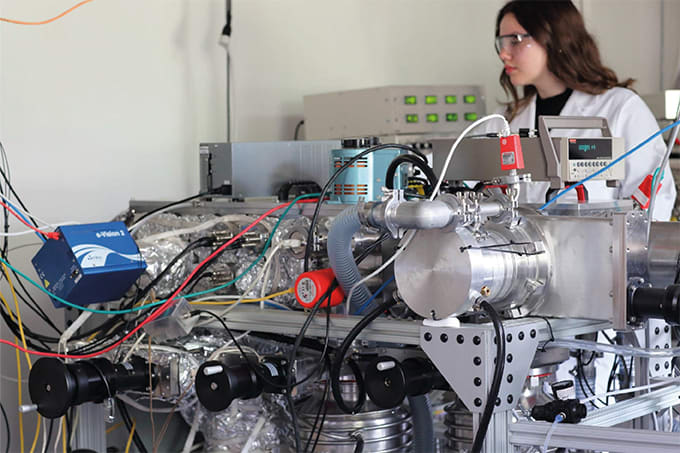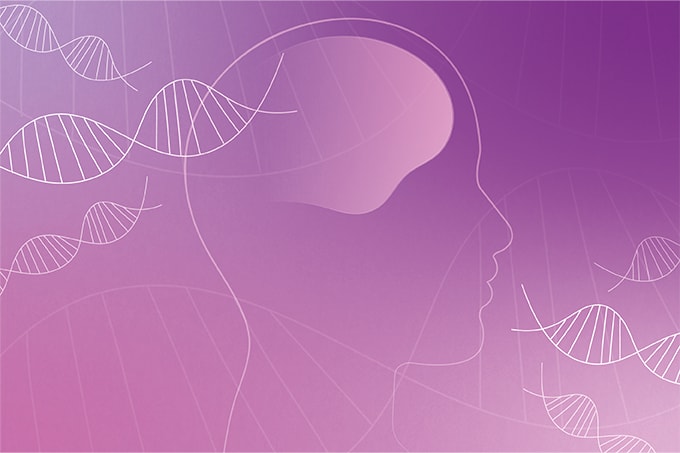Our sister publication, The Medicine Maker, recently asked over 100 industry professionals for their views on the future of the pharma and biopharma industries. Here, we highlight three responses that focus on the role analytical science – specifically, protein sequencing, cryo-electron microscopy, and multiomics – is set to play in pharma’s future.
“In parallel with the expanding field of genomics, it has become evident that the complexity of the human proteome far surpasses that of the genome. It is estimated that the number of proteins expressed by our 20,000 genes is potentially in the hundreds of thousands. Distinct protein isoforms, called proteoforms, result from post-transcriptional mechanisms, such as alternative RNA splicing, and post-translational modifications including phosphorylation. While these mechanisms produce physiologically normal proteoforms, when disrupted, they can result in the expression of aberrant proteoforms with a role in a wide range of diseases. For example, a proteomics study evaluating KRAS4A and KRAS4B, isoforms of KRAS – one of the most frequently mutated oncogenes in human cancer – revealed 39 proteoforms identified in colorectal cancer cell lines and primary tumor samples. In a separate study, the tumor suppressor protein PTEN was shown to exist in several different proteoforms. These proteoforms represent possible targets for drug development.
“Given the opportunity of finding a wealth of new drug targets among protein variants, there is a pressing need to identify all healthy- and disease-associated proteoforms. Next-generation protein sequencing enables identification of unknown proteins that are critical to both normal and disease biology. The technology is particularly useful for understanding single amino acid variations, post-translational modifications, and protein characteristics that are especially difficult to analyze with mass spectrometry or antibody-based techniques.
“Today, use of next-generation protein sequencing is advancing and accelerating the understanding of complex diseases by delivering a more detailed view of the vast array of proteins and their variants. Just as the field of genomics paved the way for new therapeutics, a more complete understanding of the universe of proteoforms has the potential to lead to a wealth of new drug candidates and precision-targeted novel therapeutics with greater efficacy.”

“Over the past decade, the drug development landscape has experienced transformative shifts, particularly with the advent of sophisticated discovery platforms and advanced molecular imaging technologies that enable the high-definition visualization of important cellular targets of interest. One example, Cryo-Electron Microscopy (CryoEM), has revolutionized R&D efforts, enabling scientists to visualize molecular and cellular structures at near-atomic resolution.
“Detailed images of biological molecules in their native states have been a game-changer in drug discovery, empowering researchers to leverage an in-depth understanding of the critical relationship between structure and function for complex biomolecules. The availability of atomic-level information coupled with powerful computational tools allows drug discovery scientists to design and optimize hits and leads for a broader range of therapeutic targets, including traditionally more challenging ones such as membrane bound proteins.
“As we look to the future, the next decade promises even greater advancements. The integration of AI and ML with these technologies is poised to further refine our ability to prospectively design novel therapeutics. This synergy will not only optimize the drug discovery process but also unveil new therapeutic targets for complex diseases.”

“Immunotherapy has already changed cancer treatment drastically over the last 10 years. In particular, immune checkpoint inhibitors (which remove the breaks from T cells) now provide effective options for difficult-to-treat cancers with reduced side effects when compared to chemotherapy. There are, however, numerous challenges to address, such as the indications where checkpoint inhibitors have limited effects.
“In the next ten years, advancements in personalized medicine will likely be driven by AI-supported development of new immunotherapies, biomarker discovery, and the integration of multiomic methods into clinical practice. These innovations aim to deliver more effective and safer treatments, improving patient outcomes and increasing the success rate for biopharma companies.
“The future of cancer treatment also lies in combination therapies that exploit the synergy between immunotherapy and other treatment methods, such as chemotherapy, radiation, and targeted therapies. Various combinations of approved and experimental treatments are being evaluated for their effectiveness. However, combination therapies also come with an increased risk of side effects, making it essential to develop immunotherapies with strong safety profiles. Achieving this will depend on optimizing dosing schedules when combining new immunotherapies with standard care, as recent progress has shown that proper dosing can significantly influence the success of these treatments.
“Further development of immunotherapies targeting innate immune cells will be crucial in complementing existing checkpoint inhibitors, which rely on a pre-existing tumor-specific T cell response. Current efforts to target myeloid cells aim to either deplete or inhibit immune-suppressive myeloid cells or to reprogram them. One approach uses CD40 agonists, which have shown the potential to overcome resistance to checkpoint inhibitors, increasing response rates in cancers where these inhibitors are already approved. Additionally, CD40 agonists have demonstrated synergy with chemotherapy in tumors resistant to checkpoint inhibitors, such as pancreatic cancer.
“In the near future, cancer treatment could change significantly, with immunotherapy providing options where conventional therapies fail. This is especially relevant for cancers like pancreatic cancer, which are often diagnosed at a late stage with a very poor prognosis. Today, such a diagnosis is often seen as a death sentence, but continued advancements in immunotherapy could offer these patients a chance for better outcomes.”





